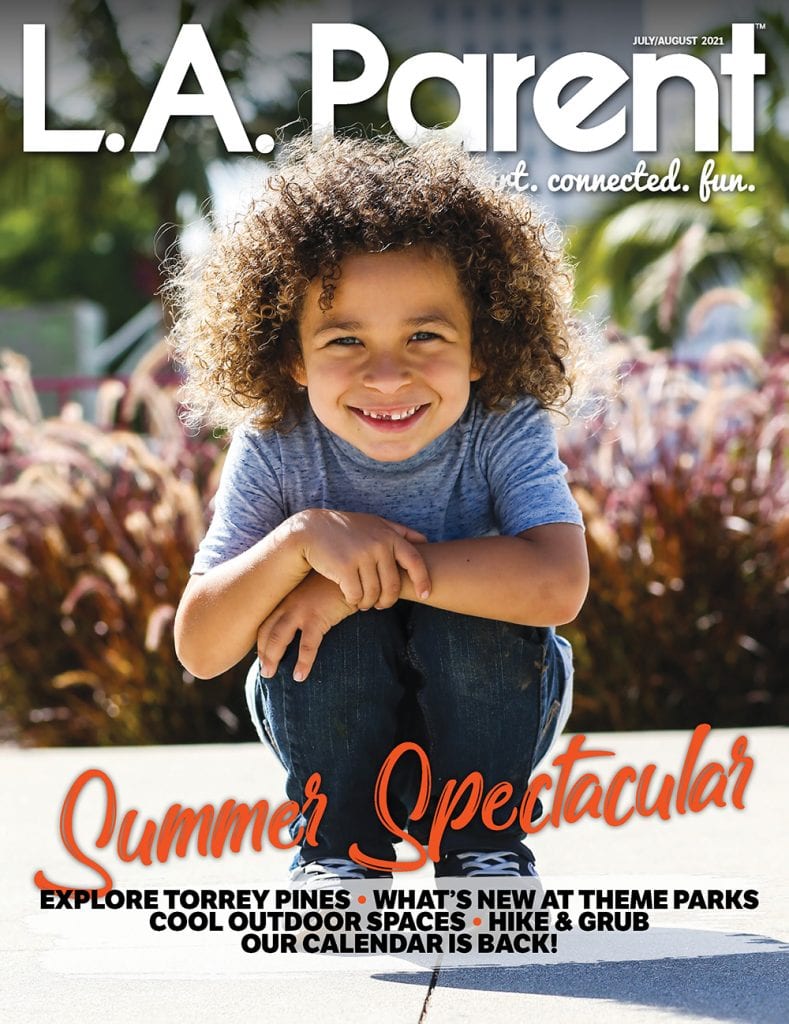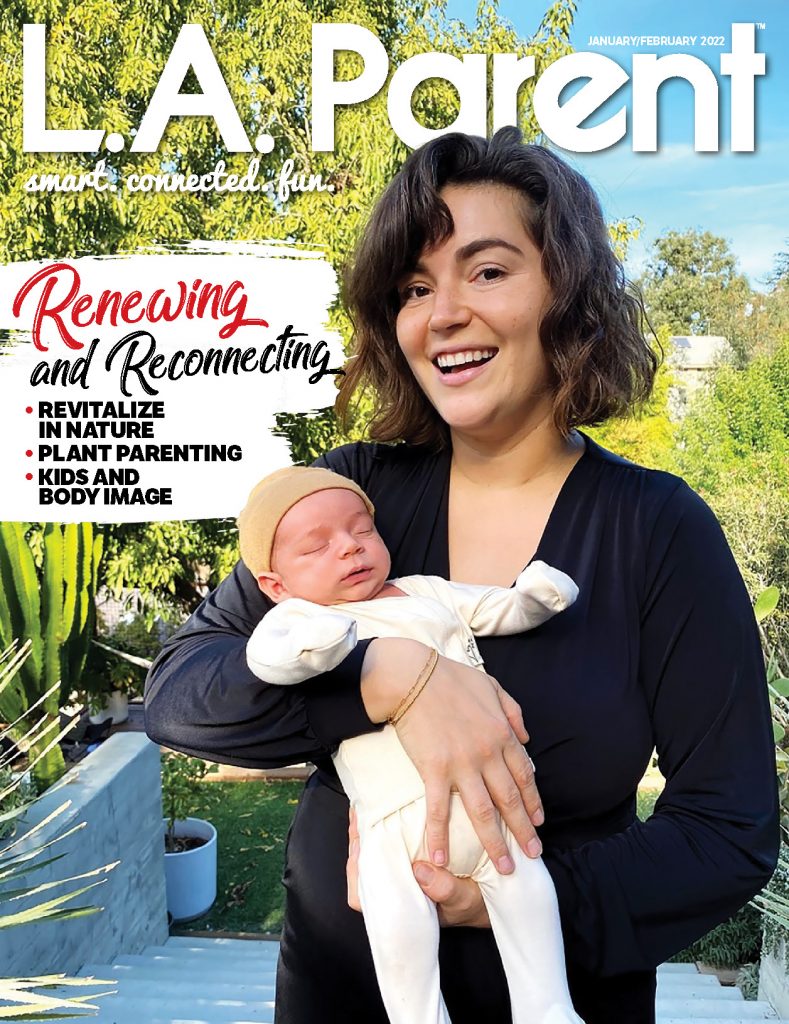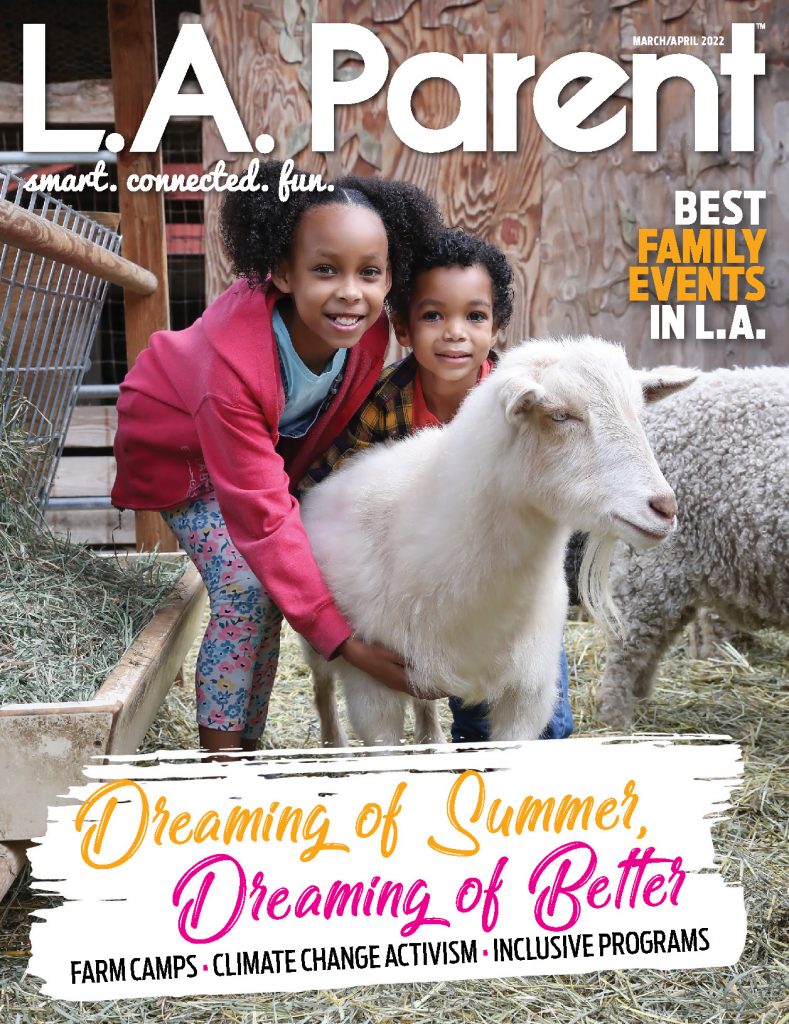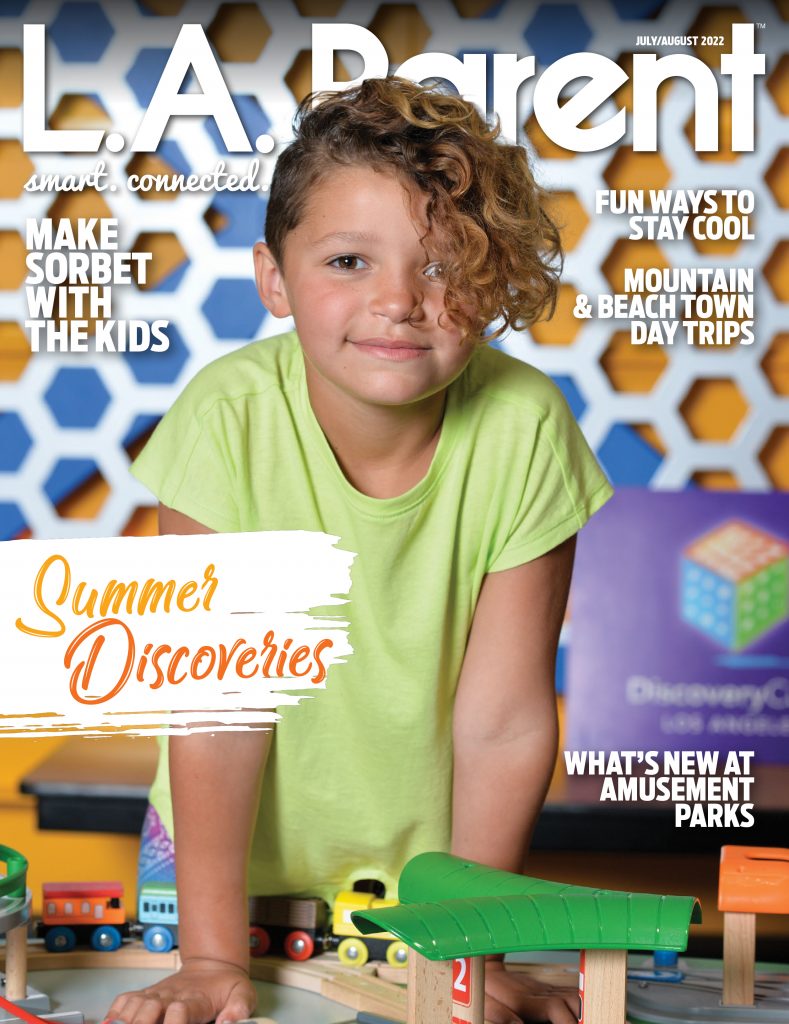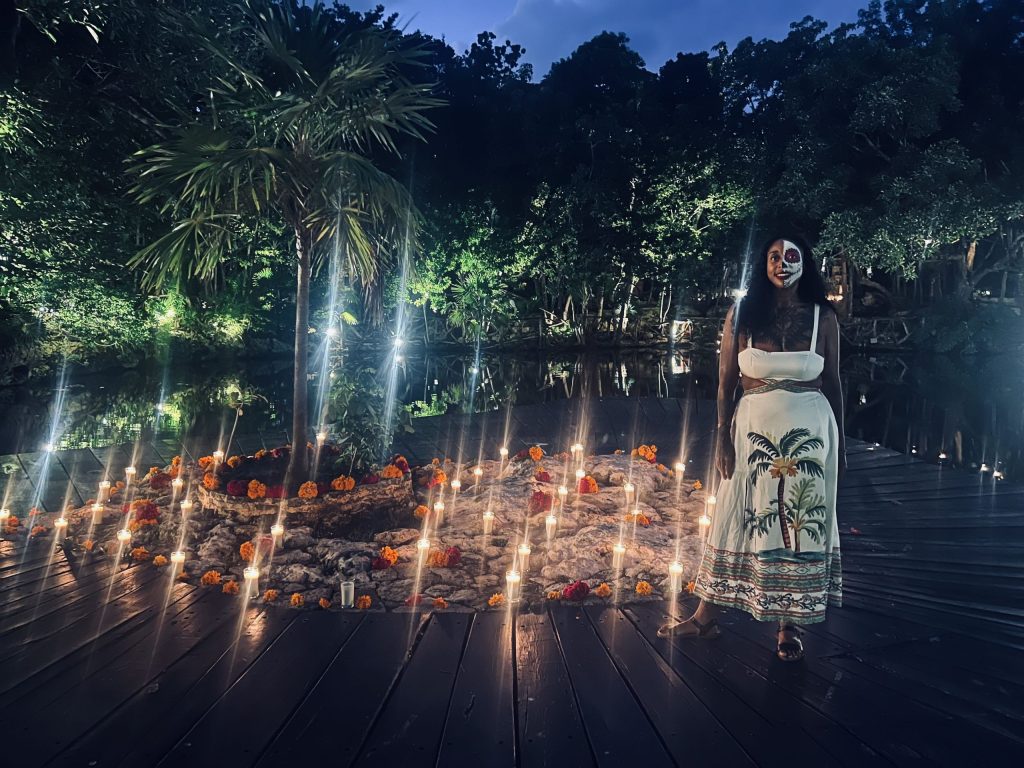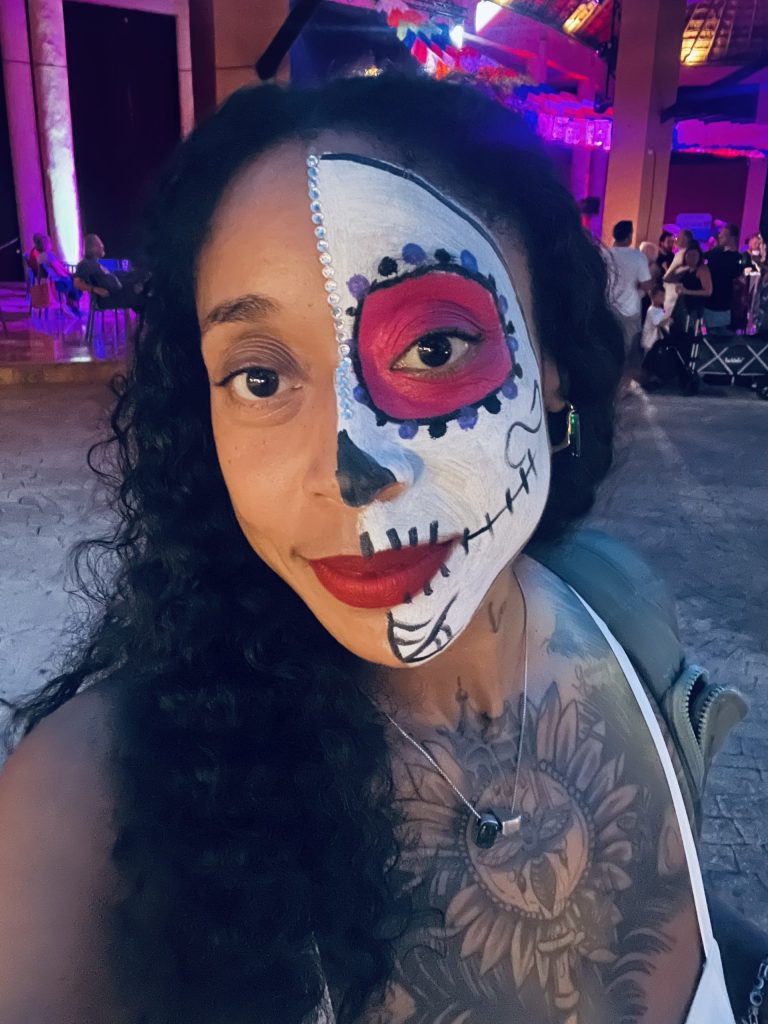I come from a lineage of hard workers. My great-grandfather, Jesse Seja, was a Korean War veteran who, in the late 1930s, hauled produce off trucks and trains in L.A.’s meat-packing district. My great-grandmother, Jenny Seja, spent hours in her kitchen feeding her eight children and everyone else’s children in the Chavez Ravine neighborhood until the day she died.
As Los Angeles Chicanos, my family proudly embodies the “working” in working class. And my ancestors, who often send me messages or premonitions in my dreams, instilled in me a fierce work ethic that I’ve carried with me as a Black and Brown person, writer, scholar and professor.
But because of my always-busy load — work, dissertation writing, application deadlines, yoga and pilates teacher trainings — I was recently reluctant to take an all-inclusive trip to Cancun, Mexico to engage in Día de los Muertos festivities at one of Sandos’ three resorts (Caracol Eco, Playacar and Cancun). My sister reminded me that work-life balance is the key to healthy living. And as someone who grew up honoring Día de los Muertos in L.A., I was intrigued by the opportunity to celebrate the practice in the country where it is rooted.

Traditionally, my family celebrates both Halloween and Día de los Muertos. Ofrendas, candle lightings, communication and veneration with our dead are not foreign at all. For decades, my Auntie Lorena — who was a professional face painter at kids’ parties as a side hustle for years — was the only person I would let paint my face for the holiday. From childhood to adulthood, I could show her any design, and she executed it perfectly. As I boarded the plane for Cancun, I wondered if that tradition would be available to me during the festivities at Sandos — and if the person who painted my face would be as talented as my aunt.
Sandos Caracol Eco Resort
On the drive from the airport to Sandos Caracol Eco Resort, our lovely host, Chloe, discussed the intentional ethical practices the hotel owners use to preserve the location’s natural wildlife. She also explained how Caracol is an animal sanctuary for abandoned wildlife.
Typically skeptical of these kinds of sentiments, my skepticism was reduced as the jungle bloomed around us the moment we arrived. A symphony of birdsong and buzzing bugs enveloped me. As a kind gentleman named Jorge helped us with our luggage, I wandered toward the open-air entryway and gasped. In the middle of the open-air space was a huge sacred cenote, Cenote Sagrado — the heart of the resort. Its water was a beautiful shade of emerald-green, surrounded by luscious trees and a small dock that allowed you to get closer.
Within 10 minutes, I was casually strolling among other resort guests and coatimundis — native mammals that look like a cross between raccoons, anteaters and monkeys. The beauty of the resort’s entrance, its immediate access to a bar, the celebratory decorations and all the staff busily preparing for the artisans’ night market built anticipation for the Día de los Muertos festivities.
While transporting us to our room, Jorge rattled off a list of all the animals that surrounded us: spider monkeys, turtles, fish, birds (peacocks, woodpeckers and more), iguanas, feral cats, agouti, racoons…the list felt endless. I knew that I was exactly where I was supposed to be.
Over dinner at La Riviera, the resort’s new beachfront Mediterranean-inspired restaurant, I got to know two other travel writers: Josy, a wife and mother of three from New Jersey, and Genny, a well-seasoned travel writer who is astute, kind and knows the ins and outs of the travel-writing world.
After dinner, I wandered into a sports bar to watch the beloved Dodgers win the World Series against the Toronto Blue Jays. What made the victory even sweeter? I was surrounded by a room of resort guests from Toronto. A man named Terry and I were the only people from Los Angeles, and our shared cheers tied us back to our homeland, where I knew fellow Angelenos were lighting the sky up with fireworks.
The next morning after breakfast at Los Lirios, an international breakfast restaurant on the resort, we ventured through Xcalacoco or “Twin Coconuts,” an ancient archaeological Mayan ruin, formally a historical merchant trading port, located on the resort.
Katherine, our guide, immersed us in the history of the land. The path, recently renamed Camino de la Felicidad or “Happiness Road,” extends for miles throughout the resort. At its entrance were small ribbons for guests to place their written wishes of happiness, well-being, wealth, prosperity and gratitude on small white or orange ribbons. The road was paved with limestones, tall mangroves, ceiba trees, the famous “Chechén Tree” named after the legend of the Mayan brothers Tizic and Kinich, giant sculptures of the ruler K’inich Janaab Pakal (Pacal the Great) and small pyramids built to collect offerings for the Aluxes (the mischievous guardians of the forest).
The path was teeming with wildlife and smaller sacred cenotes that Katherine explained are a part of an intricate ecosystem that connects all of the cenotes across the peninsula. The Mayans believed cenotes were portals to the underworld — a place where human and animal sacrifices were made to the Mayan gods. The most striking part of the walk was encountering two ancient ruins in the middle of the jungle terrain, which served as a kind of courthouse and church for ancient locals.
After the small hike, we walked to the large cenote that I’d admired the day before for a swim. The 65-feet-deep cenote was full of aquatic creatures and the joyful chaos as teens splashed and raced each other in the water. At one point, I looked up at the clear blue sky and then looked down to the greenish-blue of the water and felt oneness. It was one of those tiny traveling moments that remind you that your world isn’t so small and that the universe desires for you to see all the elements of its wonders.
Día de Los Muertos Festivities
If the day was good, that night was even better. All of us ventured towards different activities for the festival. There was so much to do: face painting, food (tacos, caramel and chocolate-covered churros, tamales, pan dulce, chicharrónes and drinks), an interactive cemetery decorated with lights and candles, carnival games on the tennis courts for the children, the Catrina makeup and dance performed by the spa staff, the night market selling jewelry, paintings, antiques, clothes and all the ofrendas made by the various teams and associates who work at Caracol.
My favorite ofrenda was made by the “Seek & Go” transportation team. Theirs was colorful and succinct. There was a large performance area that held a Sinaloa band, and into the night everyone buzzed with excitement. A woman named Amayrina painted my face, leaving the right side untouched while she adorned the left side with purple and pink colors infused with clear jewels.
And, yes, she painted my face just as well as my aunt.
My favorite activity of the evening was the lighting of tea candles for our ancestors. After the lighting, we placed our candles onto the sacred cenote’s waters to float. As I prayed over my candle, I thanked all my ancestors for the opportunity of travel and the experience of Día de los Muertos in Mexico. I asked for protection and blessings over my future endeavors — and I asked them to show me a sign of what I was to discover next.
Walking back toward the night market, I believe I saw my sign. It was all the workers, staff, helping hands and resort support cheering themselves on as they prepared for the parade. From the lobby, I got a preview of everyone’s costumes, the elaborate floats, marigolds and traditional imagery they used to give the resort guests a colorful show.
During the parade’s peak, I saw Jorge prepare to take a couple’s bags and luggage to their room. As they walked to enjoy the parade and the rest of their evening, I could tell Jorge had worked hard that day. Our eyes briefly met, and we smiled at each other in an understanding of the nature of labor. I walked to my room late that evening, full and content.
But the image of Jorge’s tired smile and the pride of everyone who facilitated the parade lingered with me.
The Maintenance of Magic
At 8 the next morning, it was Jorge who helped with my luggage and a drive back to the front lobby before checkout. “Jorge,” I asked in my broken Spanish, “a que hora te acostaste a noche?”
“Oh, very good! You sound good,” he said. “I worked from 6 a.m. to 10:30 last night. I was back here again by 7.”
I asked him about his origins. He is from Veracruz and he has worked for Caracol for 17 years, but has been in the resort business for nearly 20 years. I thanked him for everything.
Traditionally, Día de Los Muertos is a joyous celebration of the dead. As the living, we honor our deceased and give thanks for their presence and guidance. Still, I was most grateful for the lessons of my ancestors through Jorge, Katherine, Amayrina and all the wonderful people at Caracol who made the experience what it was. Would I return to Sandos Caracol for the festivities?
Yes, but more than the celebration, I would return for the pride and devotion to the maintenance of its magic. A pride of labor that mirrors my great-grandparents, Jesse and Jenny. The intention, work and care were a reminder of those who put in the work to fulfill the truth behind veneration, celebrations, legacies and traditions. Through the maintenance of magic, there is effort, knowledge, muscle and devotion.
Without it, nothing blooms with life.
Mimi Tempestt is a poet and doctoral candidate in literature at the University of California, Santa Cruz.




